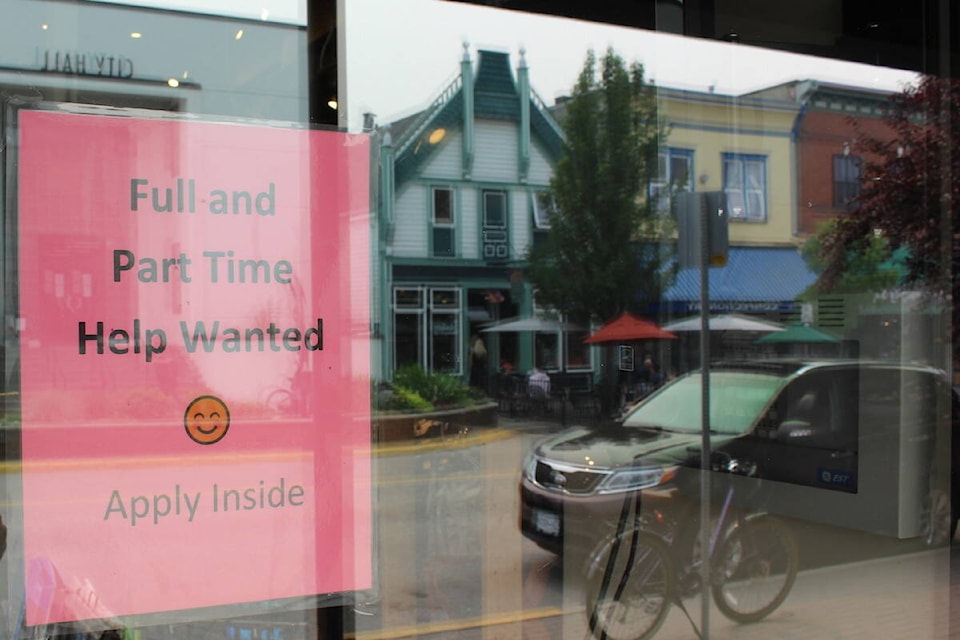It鈥檚 a good time to be a job seeker these days. Help Wanted signs are commonplace and some employers are offering signing bonuses and wages above the provincial minimum for entry level work.
That鈥檚 a far cry from recessions in past years when jobs were in short supply and looking for work was a long and difficult process. In the early 1980s, the unemployment rate in Canada peaked at 12 per cent, and in the early 1990s, it reached 12.1 per cent. Much earlier, during the Great Depression, the figure was a lot higher. In 1933, Canada鈥檚 unemployment rate was 30 per cent.
READ ALSO:
READ ALSO:
I remember the recession of the early 1980s as I was entering the job market at the time. The youth unemployment rate was significantly higher than the overall rate, and during one summer, the best I could find were a few odd jobs. What I remember most from that time was how difficult and how frustrating it was to look for a job.
Today, we no longer have double-digit unemployment figures in Canada. The latest figures from Statistics Canada, released in early April, showed a national unemployment rate of 5.3 per cent, the lowest on record. At the same time, 72,500 jobs were added in Canada.
While the COVID-19 pandemic has affected Canada鈥檚 economy, the national unemployment rate had been low even before the pandemic began. At the end of 2018 and the start of 2019, Canada鈥檚 jobless rate had been at its lowest level since 1976, when Statistics Canada had measured these numbers.
Today鈥檚 low unemployment trend means it鈥檚 a lot easier for job seekers to find work now than it was in the past, especially during previous economic downturns and recessions. Instead of hoping for one decent offer on the table, it鈥檚 more likely a job hunter will be able to choose from among several options.
At the same time, the low numbers are not all that good for employers. Right now some businesses are facing challenges as they try to hire a full staff.
Around me, some businesses and service providers have cut their hours or reduced their service levels because they do not have enough people to do the work. Others, especially in tourism and agriculture, are actively working to hire staff for their busy summer season.
Labour conditions in Canada, whether good or bad, will not remain the same forever. Economic downturns, recessions and depressions have happened in the past and will happen again the the future. However, the longer the present low unemployment trend continues, the more likely it is that workplace culture in Canada will evolve.
The present signing bonuses and higher wages are one part of this change, but other changes could extend beyond financial incentives. Other changes could affect the environment in a workplace, with an emphasis on creating a workplace culture where people want to stay.
When workers are in short supply, a job by itself is not going to be enough to attract or keep an employee.
John Arendt is the editor of the Summerland Review.
To report a typo, email:
news@summerlandreview.com.
news@summerlandreview.com
Like us on and follow us on .



